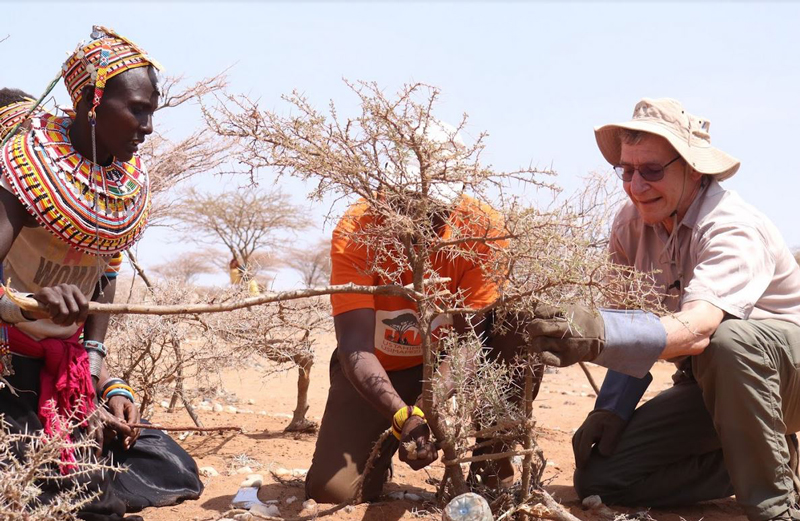×
The Standard e-Paper
Truth Without Fear

Over 35 years ago, with the help of the local farmers, a man began implementing a conservation farming technique that would transform degraded landscapes in rural Niger and inspire communities around the world.
That man’s name: Tony Rinaudo.